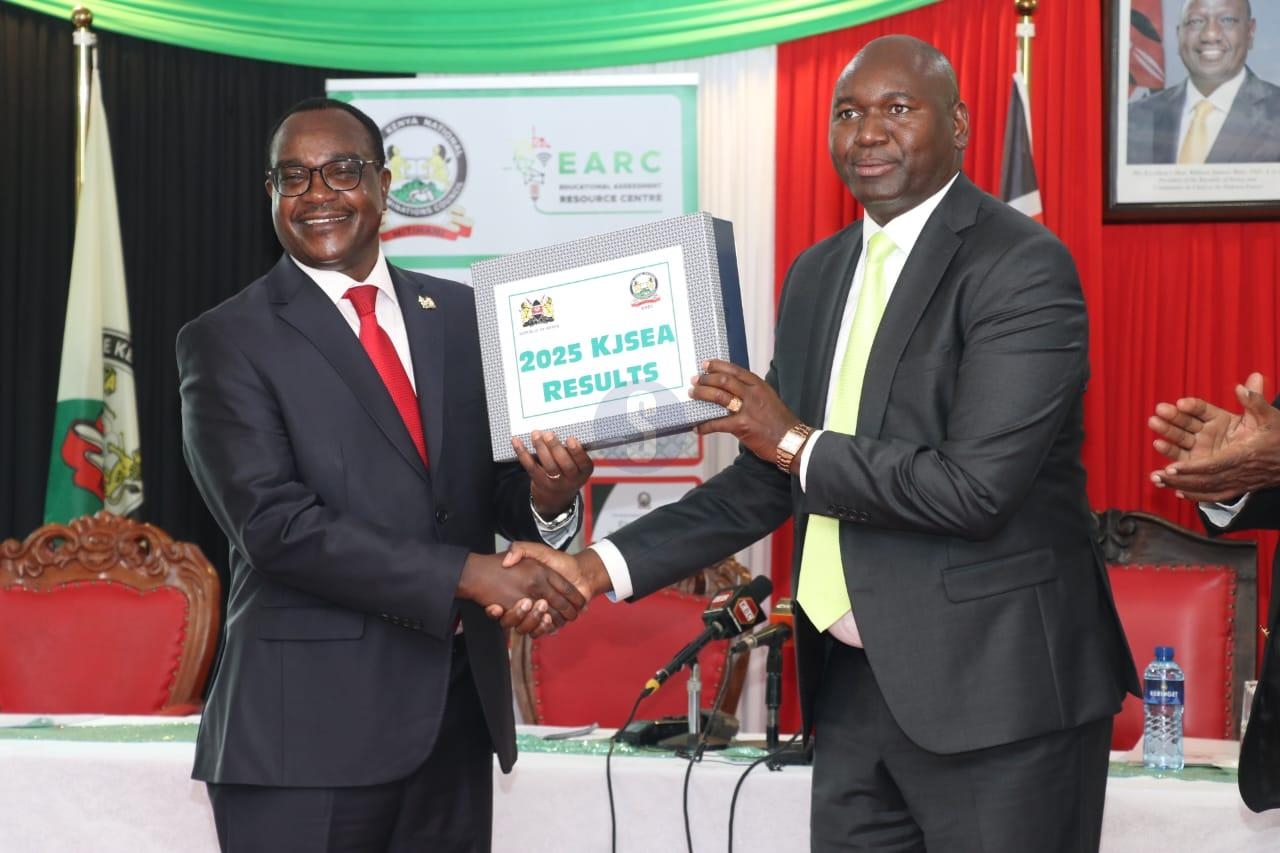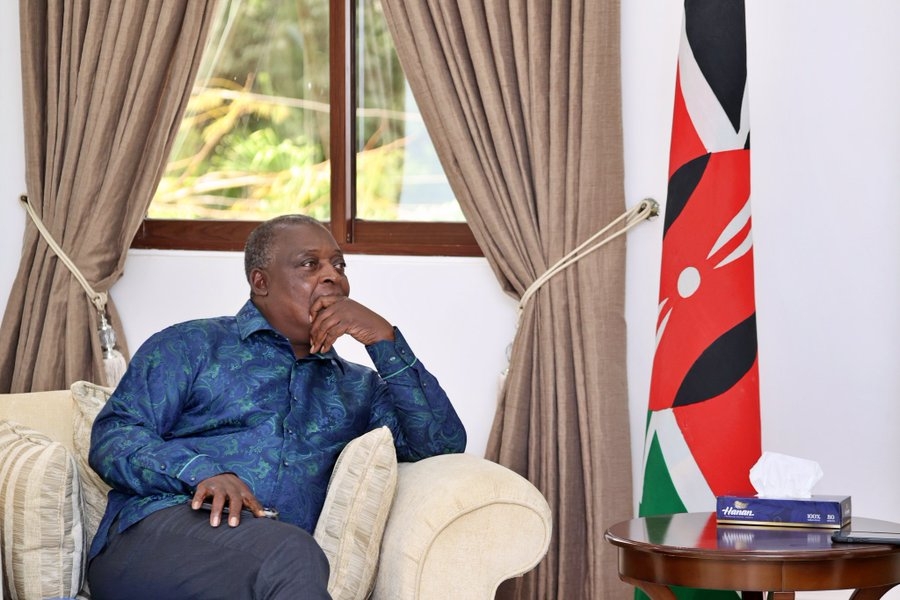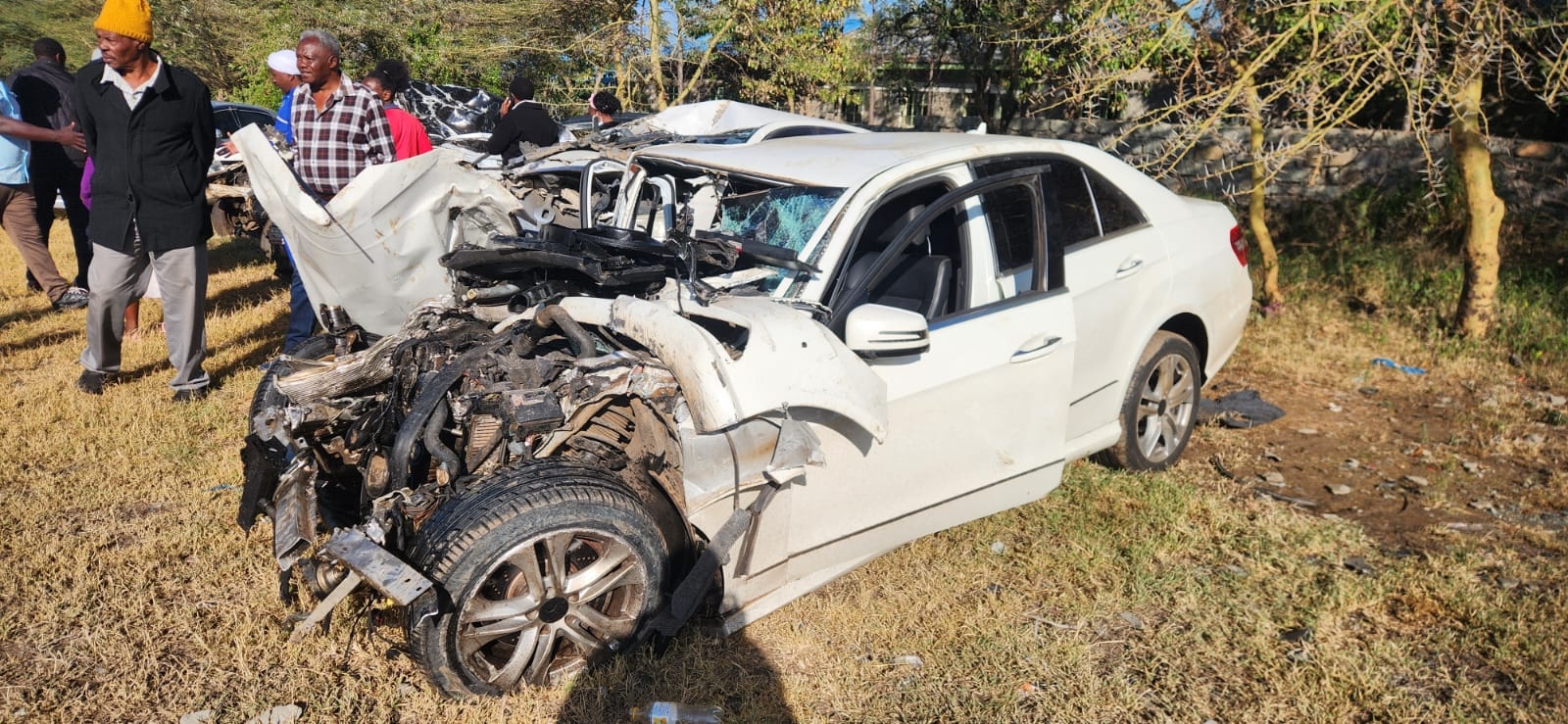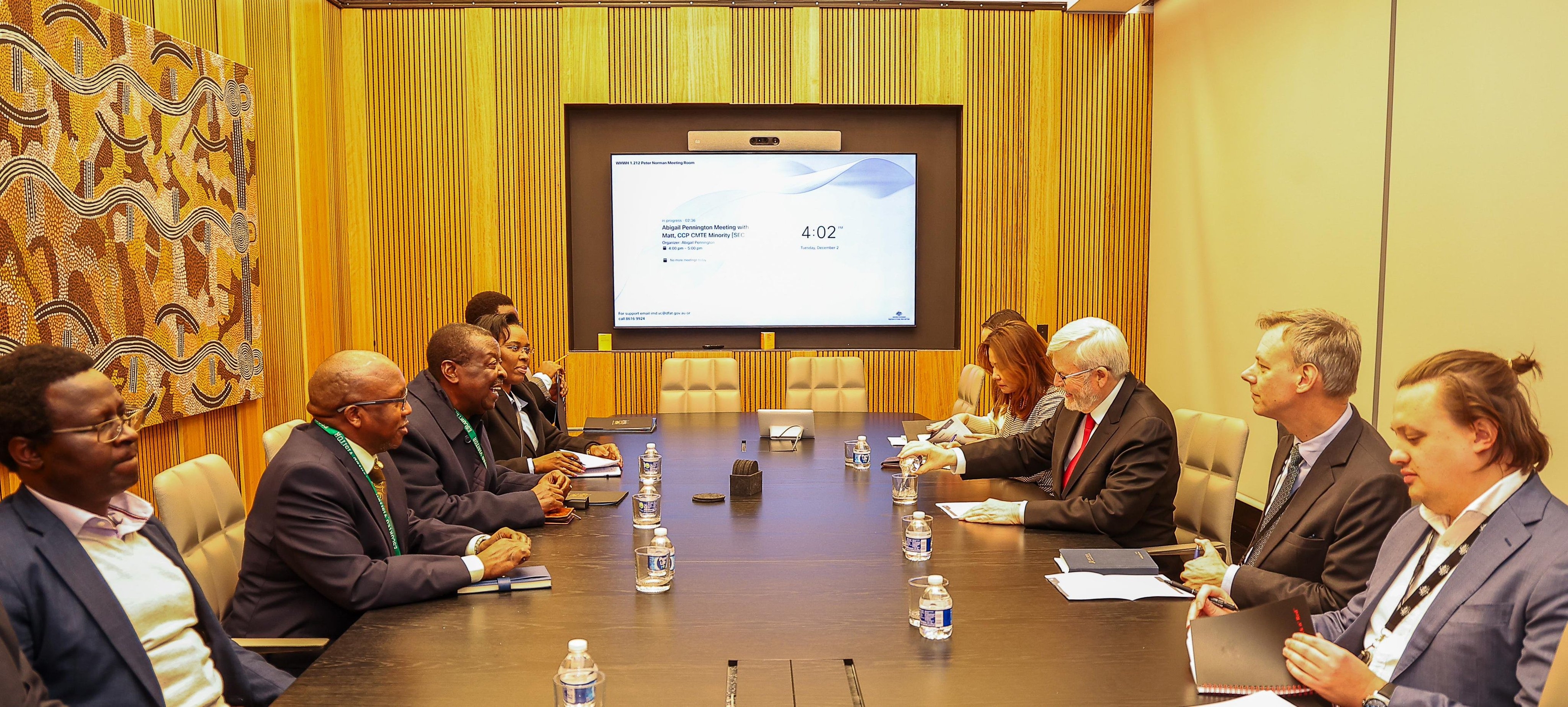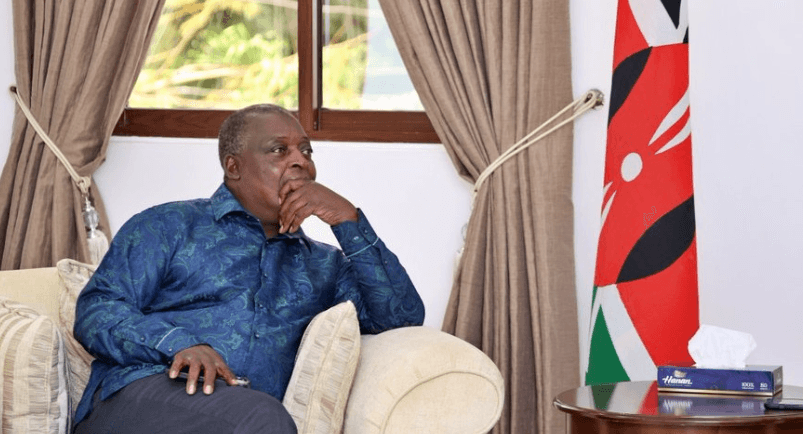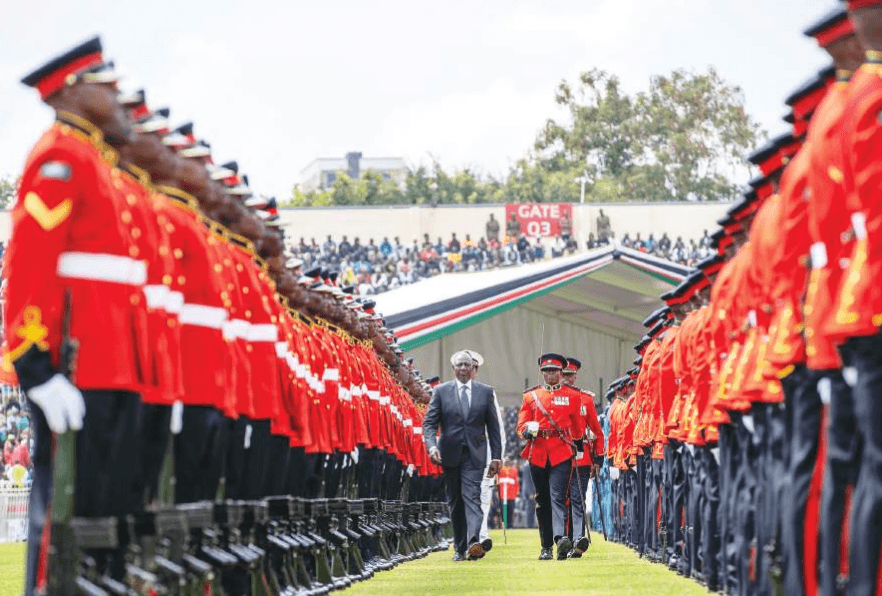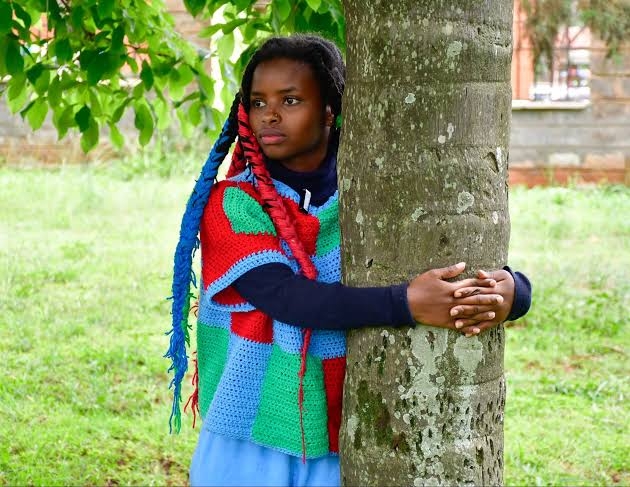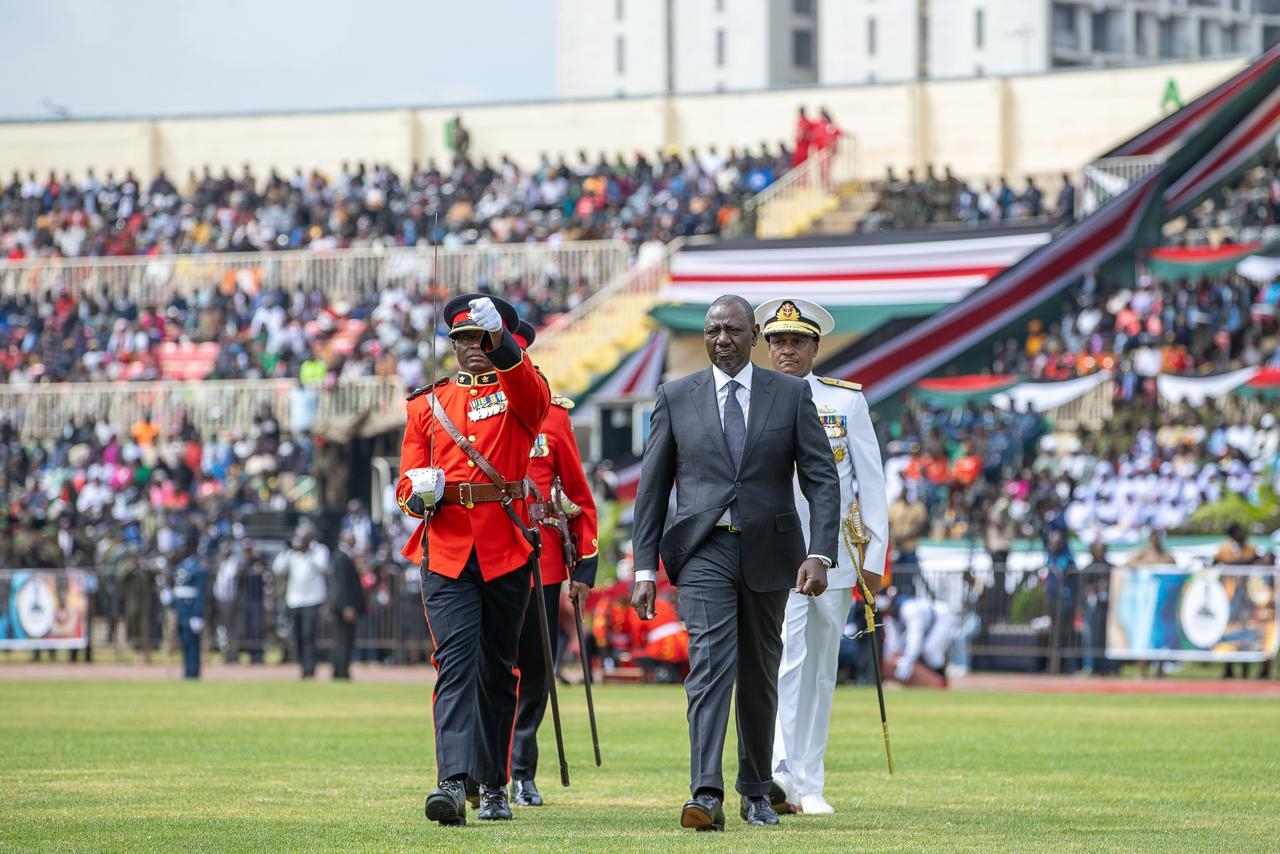Alone in the exquisite and rugged Mgeno ranch in Taita Taveta county, Domitilah Wakesho is armed with her radio set and a smartphone.
She is on a routine monitoring patrol in the vast rangeland, which has now been turned into a conservancy.
She hurriedly makes an alert call to the command centre after sighting a herd of elephants moving towards a neighbouring community settlement in Mgeno village.
Wakesho, a community scout at the Taita Taveta Wildlife Conservancies Association, is among tens of community rangers keenly monitoring the movement of wild animals to avert possible straying into human settlements.
Her smartphone is a key tool in her duties since a monitoring application has been installed to gather real-time data from the conservancy.
The conservancies are integrating technology to combat poaching and human-wildlife conflict in the region.
“We are using EarthRanger as a tool to monitor wildlife and track human activities in the conservancies. The tool is very effective as it will help maintain the balance between nature and human presence,” Wakesho told the Star.
With the tool, Wakesho said, community rangers across all the conservancies can share information and other crucial data with stakeholders thus helping in decision-making.
Some 250 community rangers are in charge of 33 conservancies and ranches spread across 1.1 million acres, including critical wildlife dispersal and migratory corridors in the vast Tsavo ecosystem.
The iconic Tsavo ecosystem is undoubtedly one of the world’s last remaining megafauna habitats.
Wakesho said the introduction of the much-needed technology has helped ranches integrate science with other measures that community rangers are using in conservation.
“We have moved from pen and paper, where rangers would move, writing what they’ve sighted, then later report back to their stations," she said.
The introduction of advanced technology has seen conservancies benefit from accurate and real-time ecological data collection.
The youthful conservationist underscored the need to leverage modern technology to combat the escalating global environmental challenges that negatively affect conservation.
Wakesho said communities should capitalise on the advances in technology to derive multiple benefits from conservation.
"Community rangers were trained on how to collect and analyse data for better ecological monitoring. This is the first time we are using advanced technology to protect wildlife," said Madline Nyambu, a data analyst and ranger at Mgeno Ranch.
Nyambu said the wildlife conservation software acts as a centralised data management tool, helping actors access vast data on wildlife conservation.
She said the platform has become a driver of unity, guiding collective efforts with data-driven methods to help respond to human-wildlife conflict in the region.
“It helps rangers make quick responses to mitigate conflict. Monitoring activities within the landscape will also help curb poaching,” she added.
EarthRanger is well known for its ability to merge historical and real-time data, offering a comprehensive view of the entire ecosystem within a select area, said Keneth Omaria, the TTWCA security coordinator.
The tool, Omaria said, has bridged traditional conservation methods with modern technology, allowing conservancies to tame human-wildlife conflict.
“It offers refined data from ranger patrols, remote imaging, and various sensors to assist with anti-poaching efforts and wildlife monitoring,” he said.
He said the tool is valuable in addressing human-wildlife clashes, which have been a thorn in the flesh for hundreds of farmers in the county.
Smallholder farmers bordering the Tsavo National Park and wildlife migration routes within the Tsavo ecosystem have been recording losses due to the conflict.
Some 76 per cent of Taita Taveta county households depend on agriculture for their livelihoods.
Wild animals straying from the settlement areas in search of food and water include elephants, buffalos and lions.
Approximately 70 per cent of Kenya’s wildlife is outside national parks.
Therefore, Omaria said, community lands play a critical role in protecting Kenya’s rich biodiversity.
Between 2014 and 2022, stray wild animals were responsible for 2,100 cases of crop destruction and 155 cases of destruction of property.
Further, a total of 22 people were killed while another 67 were injured by wild animals, according to the Wildlife Conservation and Compensation Committee.
Omaria said the EarthRanger user interface seeks to reduce cases of wildlife invasion, thus helping communities make better economic use of their farmlands.
“If you notice that there is a heavy concentration of wild animals in a certain area and it is near a community, you can easily talk to the Kenya Wildlife Service for quick action,” he said.
The information collected on the platform is key to making data-led decisions that can inform mitigation measures by different partners and stakeholders.
“It aids proper visualisation of activities of rangers for managers to monitor and make data-led decisions in the management of the conservancies," Omaria said.
Noel Kasololo, a programmes officer at TTWCA, said the association is banking on the platform to unleash the area's economic potential.
Conservancies are now venturing into different economic activities, including putting up hotels and lodges to tap into the region’s tourism potential.
“With the enhanced security, conservancies are now able to team up with investors in the tourism and hotel industries. These are the economic gains that come with conservation,” Kasololo said.
Initially, the ranches were mostly used for livestock keeping, but they are slowly being turned into livestock rangelands and wildlife conservancies to maximise profitability.
Intensified conservation will catapult efforts to market the Tsavo landscape as a key tourist destination.
“Our vision is to improve livelihoods through conservation and sustainable rangeland management across the Tsavo landscape,” Kasololo said.
The Tsavo landscape boasts different species of flora and fauna, including the Big Five, wildlife sanctuaries, lodges and Vuria Hills, which is arguably the most preferred hiking destination and the highest peak in the coastal region.
The region is also famous for battlefield tourism owing to the existence of the World War I sites.


